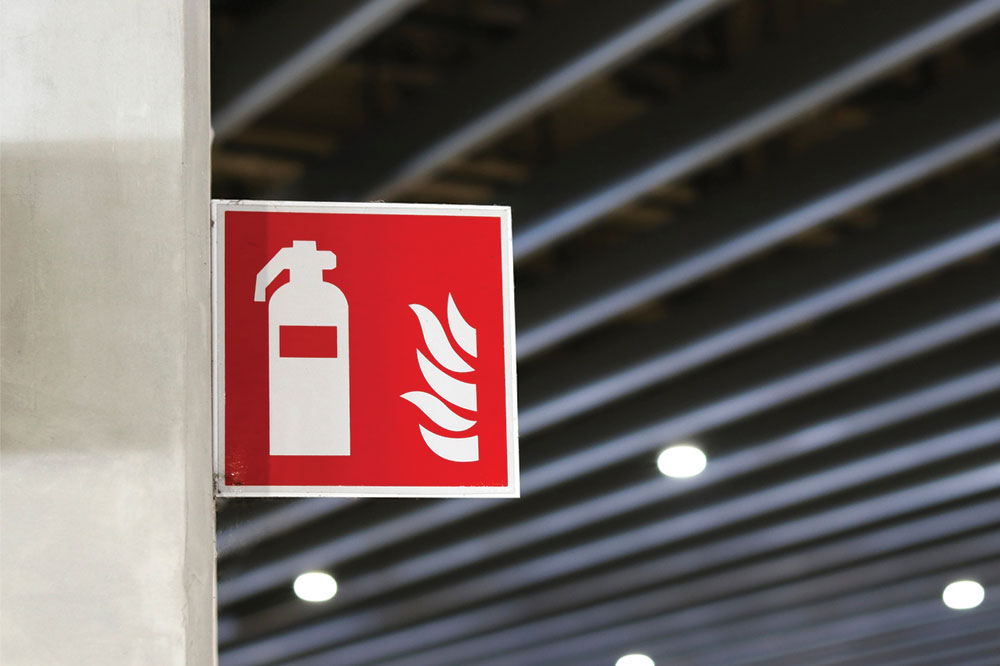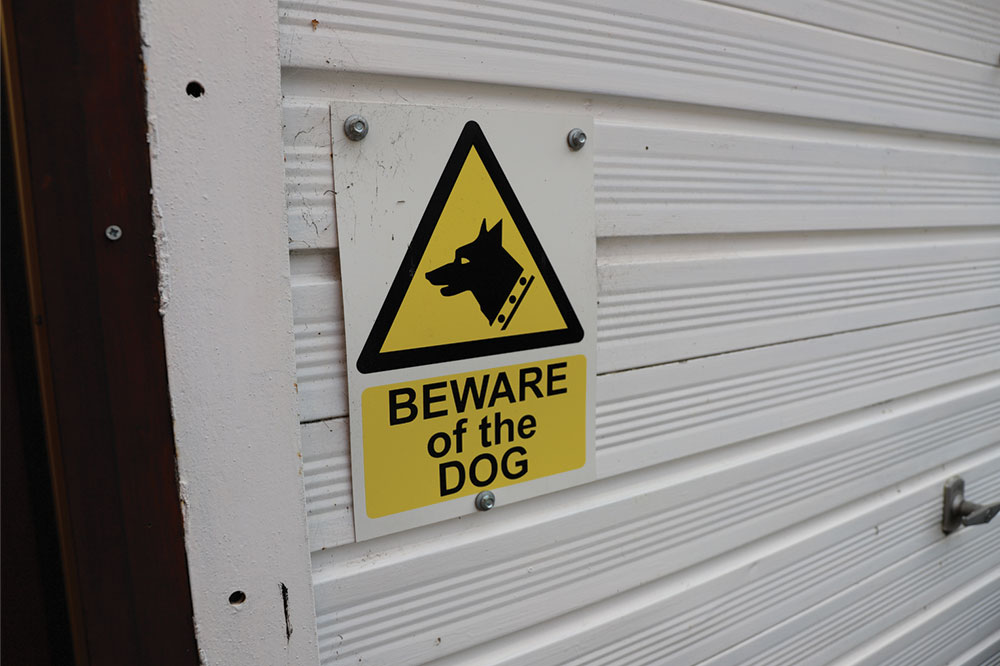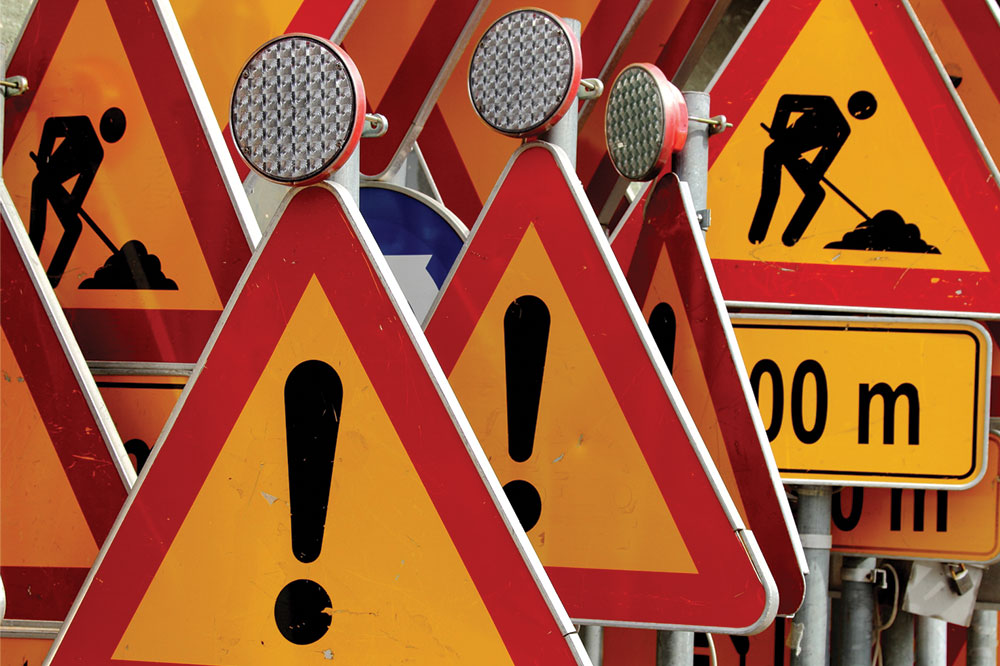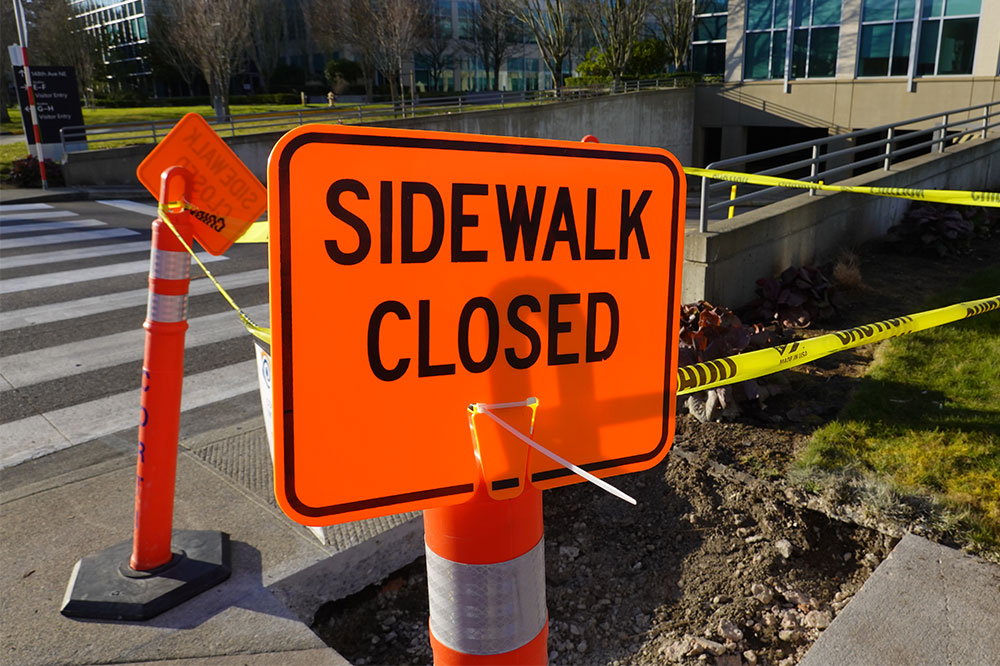Understanding the Four Main Types of Safety Signage
This article explains the four key types of safety signs used across industries and public spaces. It covers prohibition, warning, safe condition, and mandatory signs, highlighting their shapes, colors, and common examples. Understanding these signs improves safety awareness and helps individuals follow proper safety protocols in various environments.
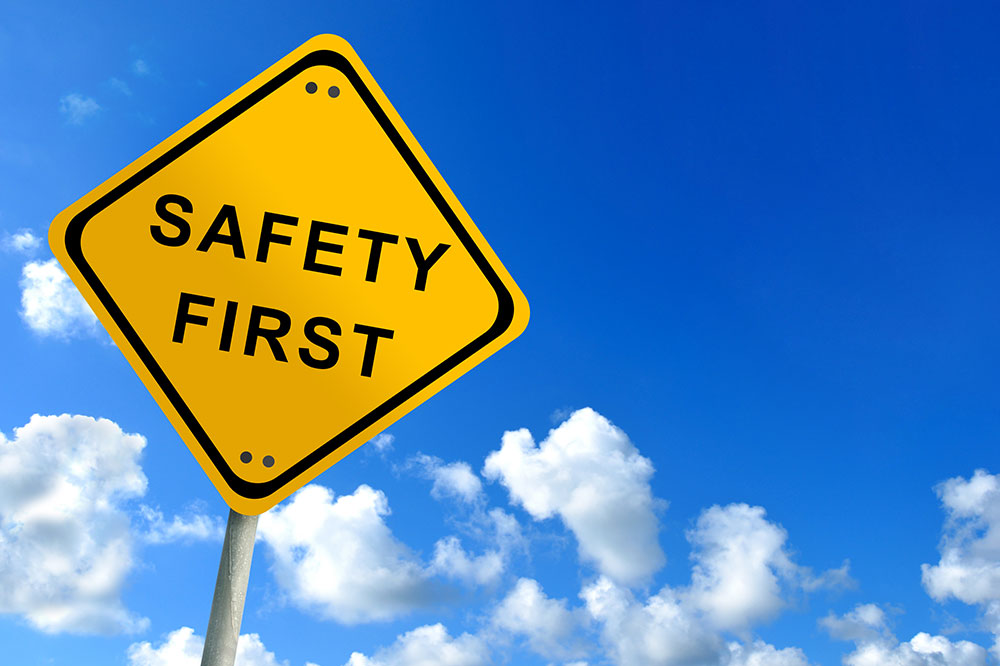
Understanding the Four Main Types of Safety Signage
Safety signs are ubiquitous, found in workplaces, construction zones, shopping centers, and public spaces. They communicate important safety messages through distinct colors and symbols. Each sign's color and shape convey specific instructions or warnings you should heed. In this article, we explore the primary categories of safety signs, explaining their meanings and typical usage in everyday environments.
Prohibition Signs
Prohibition signs indicate actions that are not allowed and highlight potential dangers. These round, red-bordered signs feature black symbols on a white background, such as no entry, no smoking, or no parking signs.
Warning Signs
Warning signs are common and serve to alert individuals to potential hazards. Typically triangular with a yellow background and black border, they feature black pictograms. Examples include indicators for high voltage, slippery floors, or hot surfaces.
Safety Condition Signs
These signs provide information about safe practices or emergency facilities. Usually green and rectangular, they display white symbols illustrating safety routes, first aid stations, emergency exits, or assembly points. They guide individuals on how to stay safe in risky areas.
Mandatory Signs
Mandatory signs instruct specific actions that must be followed. Circular with a blue background and white or yellow symbols, they often depict wearing safety equipment like masks or helmets, or actions such as keeping doors closed or restricting access.


